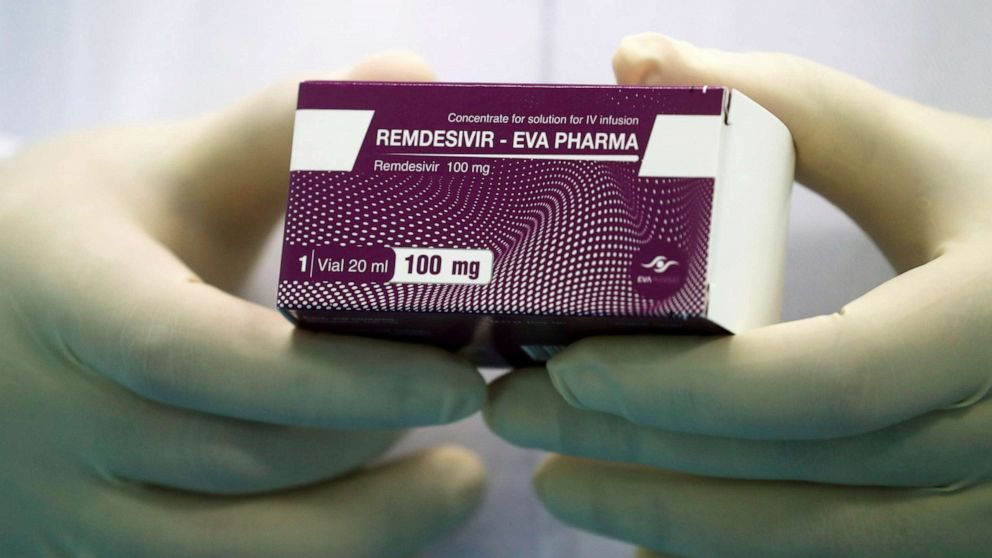Jiwasraya is accused of mismanagement when it invested its premium revenue from the JS Saving Plan, one of the company’s insurance products, in multiple assets. As a result, it failed to pay out Rp 16 trillion (US$1.1 billion) in matured policies due in February to its policyholders.
AGO spokesman Hari Setiyono said that the OJK deputy commissioner for capital market monitoring, identified only as FH, was a new suspect in the case. The office accused him of abuse of power, which allegedly paved the way for Jiwasraya's investment mismanagement during FH’s tenure as OJK department head of capital market monitoring from 2014 to 2017.
The department head of capital market monitoring at the OJK from 2014 to 2017 was Fakhri Hilmi.
Hari also announced that 13 asset management companies were named suspects in the case. The AGO accused the companies of mismanaging or laundering the premium revenue collected by Jiwasraya from 2014 to 2018.
The companies allegedly caused state losses amounting to Rp 12.35 trillion, 73.46 percent of the total Rp 16.81 trillion in state losses incurred by Jiwasraya’s investment mismanagement as audited by the Supreme Audit Agency (BPK) from 2008 to 2018.
The AGO is also looking into possible reasons as to why Jiwasraya decided to entrust the companies with managing its funds.
Prior to the announcement, the AGO had named six suspects in the case including three former Jiwasraya executives, namely former president director Hendrisman Rahim, former finance director Hary Prasetyo and former finance and investment division head Syahmirwan.
The office also named three other suspects: publicly listed property firm PT Hanson International president director Benny Tjokrosaputro, publicly listed mining company PT Trada Alam Minera president commissioner Heru Hidayat and PT Maxima Integra director Joko Hartono Tirto.
The naming of new suspects follows the AGO’s move this month to track down the flow of investment by Jiwasraya. The office has questioned almost 30 witnesses, ranging from asset management executives and OJK officials to former Indonesia Stock Exchange executives, from June 2 to June 23.
The questioning is part of the AGO's investigation of the case after issuing a letter ordering the start of the investigation on Dec. 27, two months after former State-Owned Enterprise Minister Rini Soemarno filed a report regarding alleged fraud at the state-run insurer with the AGO in October.
The following is a list of the 13 companies that were named suspects:
1. PT Dhanawibawa Manajemen Investasi/Pan Arcadia Capital
2. PT OSO Manajemen Investasi
3. PT Pinacle Persada Investasi
4. PT Milenium Danatama
5. PT Prospera Aset Manajemen
6. PT MNC Aset Manajemen
7. PT. Maybank Aset Manajemen
8. PT GAP Capital
9. PT Jasa Capital Aset Manajemen
10. PT Pool Advista Asset Management
11. PT Corfina Capital
12. PT Treasure Fund Investama Indonesia
13. PT Sinarmas Aset Manajemen
